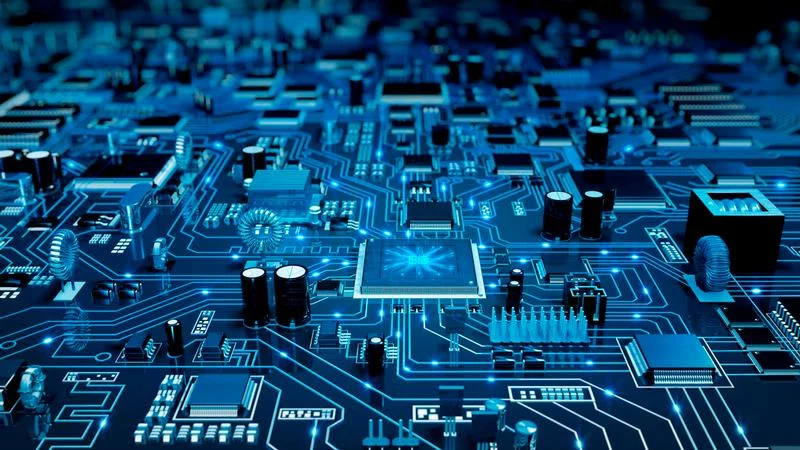To say we have seen lots of changes the last few months is an understatement regarding eDiscovery and Forensics. One change is the transition from in-office to remote workers. Rather than sending emails, many employees are conveniently using the source of technology connected at the hip – their cell phone, iPads, or laptops. If they are like me, any time I get a call, I save the number … in case I need to reach out again. Now I have a means to connect to whomever ~ whenever. Sound familiar?
Have you ever thought about what that is going to do to the world of discovery? Traditionally TLC has sent out Depositions Upon Written Questions (DWQs) along with a Subpoena Duces Tecum to cell phone companies to obtain admissible testimony, as well as call and text logs showing calls and texts back and forth to certain phone numbers. Sometimes that was enough to prove a driver was texting or on the phone while driving, or a spouse was having “communications” with someone outside the marital boundaries.
But now, more than ever, we might be faced with actually needing the photographs along with their imbedded GPS coordinates or the content of those text messages, and the only way to obtain this information is to forensically collect the data from the actual cell phone. With the sizes of cell phones increasing year after year, the amount of data stored is incredible. Like with any computer system, anything “deleted” is not technically deleted until it is overwritten from the slack space (wasted space) of the device, using the FIFO system (first in, first out). The older the data, the less chance it will be recovered. As cell phone technology is ever changing, collections may include a logical collection (allocated data) or physical collection (allocated and unallocated data).
With the speed of the remote transition, many companies were faced with relying upon the home computers of the employees because of the quick shortage of laptops and IT personnel to set them up. Now there is added complexity to the data collection if litigation ensues. Hopefully, secure remote connections are being used, however, what if those were not included in the contingency plan due to timing? Is there a possibility the employees were emailing from personal email accounts rather than the company accounts? Collections of emails can be done by the litigation team and, thankfully, with new data wrangling utilities, the legal team can now identify the actual folders and data needed for discovery rather than sorting through the entire PST file.
You already know The Legal Connection can assist with your written and oral depositions, virtual and in-person videography, process service, and online and in-person notary needs, but did you know we also have the ability to assist with your data forensics collections, data recovery, and electronic discovery management needs. Our extensive experience in litigation cases and discovery issues has come full circle to include the added services of eDiscovery and Forensics. It seems a natural fit to our other service needs. Give us a call today to discuss or email me to schedule a demo of the products or talk about how we can help your case. Yes, a text works, too!


This blog post provides a thought-provoking overview of the new world of eDiscovery and forensics, highlighting the latest developments and trends in the field. While the topic may be complex, the author breaks it down in an accessible way that’s easy to follow. A valuable resource for anyone interested in the topic.